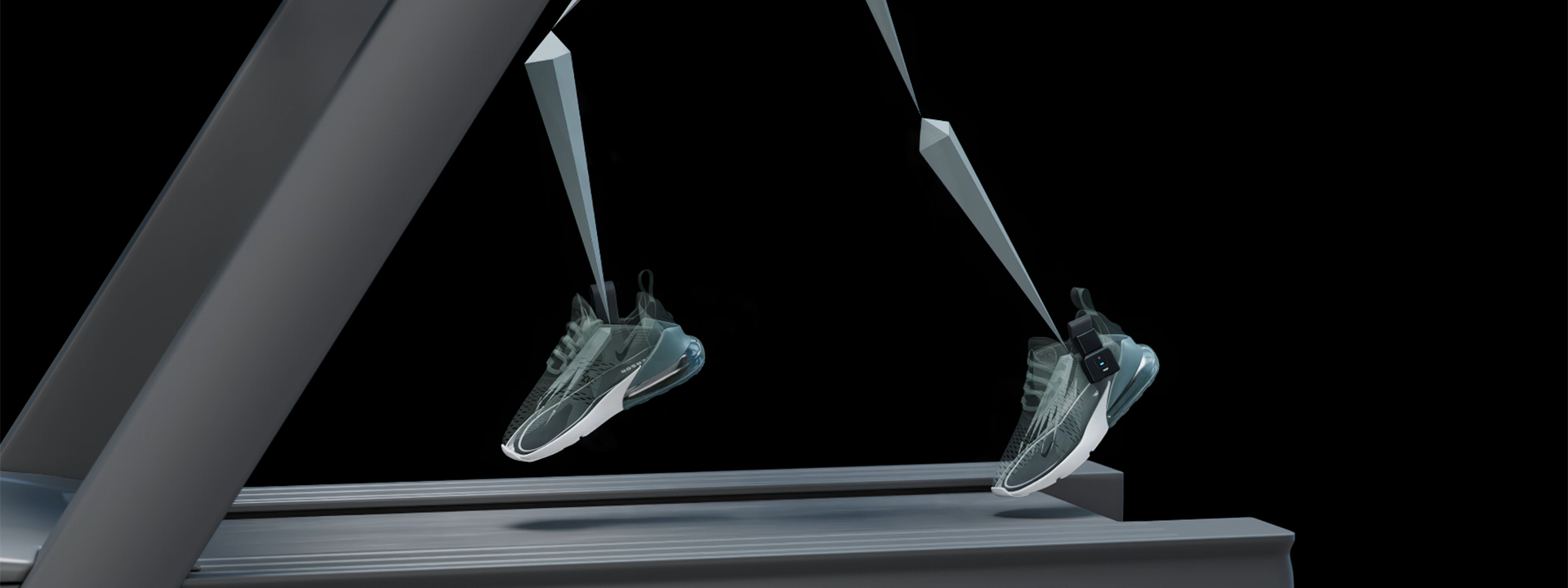
How To Unlock the Power of XSENSOR’s Intelligent Insoles & Motion Capture
In our previous article, we discussed how integrating and synchronizing plantar pressure mapping with motion capture represents a significant step forward in understanding and assessing human movement and athletic performance. Such an integration of data may assist in capturing the complexity of human movement and can help detect subtle biomechanical nuances that would otherwise be difficult to recognize with the naked eye.
With this integration, sports scientists, strength & conditioning coaches, and sports medicine practitioners can obtain kinematic and kinetic data for any sport-specific movement.
When combined, motion capture and plantar pressure technologies play a fundamental role in today's professional sports. The need to constantly evaluate movement patterns has become a staple due to the dramatic increase in competition schedules and training volume.
What To Measure
We have already seen the different motion capture technologies used today in sports biomechanics research and on-field applications.
But which metrics are relevant to human movement and sports performance?
Motion capture allows for the recording of kinematic data, that is, how an athlete is moving and the quality and efficiency of motion of the different body segments.
Depending on the configuration of the system, the most relevant lower limb metrics related to running-based movements are as follows:
- Ankle Joint
- Plantar flexion and dorsiflexion angle
- Inversion and eversion angle
- Tibial internal and external rotation angle
- Knee Joint
- Extension and flexion angle
- Adduction and abduction angle
- Internal and external rotation angle
- Hip Joint
- Extension and flexion angle
- Adduction and abduction angle
- Internal and external rotation angle
In addition to the above-mentioned variables, the angular velocity of flexion and extension movement at each joint can be recorded.
How To Measure
Protocols can be tailored to sport-specific situations in running-based sports or sports where high-intensity sprinting and direction changes are fundamental skills.
From a practical point of view, measurement protocols can be general or specific, and each has a purpose that varies depending on the assessment's goal.
General protocols analyze a general pattern, such as walking gait or linear running capabilities. They are better suited at the beginning of the season to create a baseline assessment to understand the athlete's movement capabilities better. They can also be used as a reference for rehabilitation monitoring and return-to-play decisions.
Specific protocols, on the other hand, can be customized based on the following factors particular to the sport:
- Does the sport involve linear or multidirectional running?
- Does the sport involve continuous changes of direction?
- Does the sport involve jumping and landing?
- What is the average duration of the sprinting actions?
- What are the main distances covered during high-intensity actions?
The above questions may provide a rough guideline for elaborated protocols for assessing a sport with motion capture and plantar pressure mapping.
If you want to delve into the topic and learn in more detail how to use specific protocols for biomechanics assessment and rehabilitation monitoring with plantar pressure insoles and 3D motion capture, check out our webinar "Plantar Pressure Mapping & Complementary Technologies (Part 4): Unlocking the Power of XSENSOR's Intelligent Insoles & Motion Capture".
